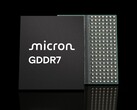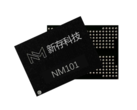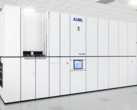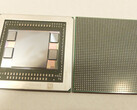During a recent charity event, Silicon Motion Technology Corporation's (SIMO) General Manager Gou Jiazhang mentioned that Chinese memory maker Changxin Memory Technologies (CXMT) could grab about 15 percent of the worldwide DRAM market by late 2025. That’s quite a jump compared to their less-than-2 percent share three years ago.
CXMT’s quick growth is primarily due to ramped-up production and technological improvements. They increased their monthly wafer production from 70,000 in 2022 to a projected 200,000 by 2024. They’ve also started small runs of DDR5 and plan to go big on LPDDR5 shipments next year.
Other major players have noticed CXMT’s rising profile. Samsung and SK Hynix reportedly dialed back production for non-AI applications, hoping to keep the market balanced and avoid piling up too much inventory. Currently, Samsung rules with 42.9 percent of the market, SK Hynix follows at 34.5 percent, and Micron sits at 19.6 percent.
CXMT also locked down key supply deals with phone brands Xiaomi and Transsion, which together hold about a fifth of the global smartphone market. Their bold pricing has been a game-changer in the DDR4 scene, with talks of CXMT selling modules at around half the market price.
Still, CXMT struggles in the enterprise domain, where big server makers usually stick with more established providers. U.S. and Dutch sanctions, plus CXMT’s focus on the domestic market (especially government-controlled entities), might limit how far they expand worldwide.



























